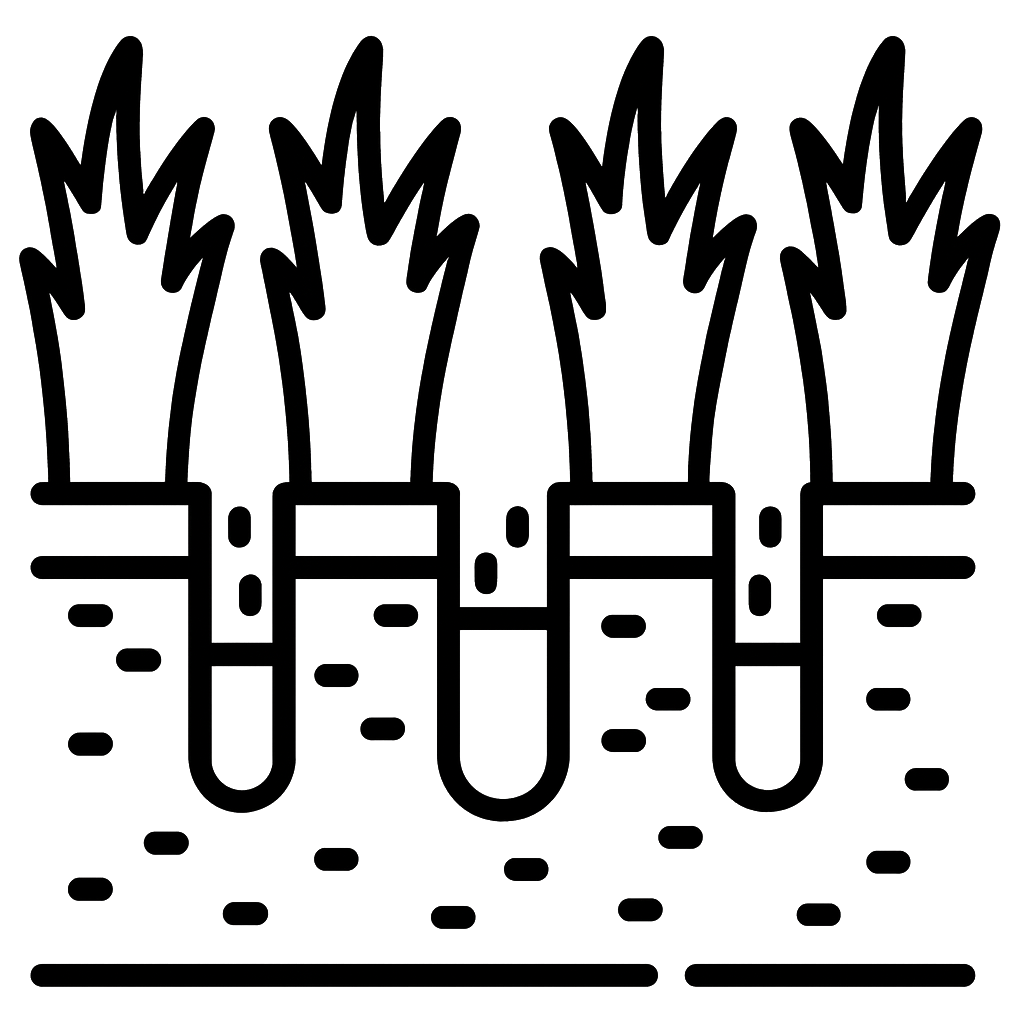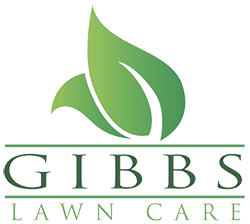Aeration & Overseeding
Services

Aeration
Aeration relives soil compaction and improves root growth by allowing better air, water and nutrients flow.

Overseeding
Overseeding adds new grass seed to fill thin areas, promoting a thicker, healthier lawn overtime
Compost
Compost refers to applying a thin layer of material to the top layer of grass. This practice is used to improve soil structure, add nutrients, and promote healthy grass growth. It can also help to level uneven areas, reduce thatch buildup, and improve drainage.
